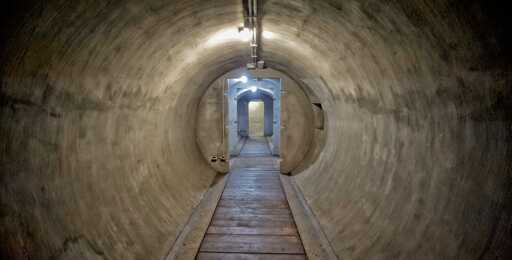Previously, a yield strength of 5,000 pounds per square inch (psi) was enough for concrete to be rated as “high strength,” with the best going up to 10,000 psi. The new UHPC can withstand 40,000 psi or more.
The greater strength is achieved by turning concrete into a composite material with the addition of steel or other fibers. These fibers hold the concrete together and prevent cracks from spreading throughout it, negating the brittleness. “Instead of getting a few large cracks in a concrete panel, you get lots of smaller cracks,” says Barnett. “The fibers give it more fracture energy.”



IIRC this type of thing isn’t new - there was research into the possibility of making ships out of ice mixed with sawdust in WWII.
It also wasn’t and isn’t that crazy of an idea.
It’s strong AF, buoyant, and you can repair it at sea using the ocean around you.
You just need a reliable way to keep it cool.
How is the fleet holding up?
We almost made it this time!
Oh well, let’s freeze another fleet, wait for January and try again
Look up pykrete, it’s actually a really cool material
I think that was kinda the idea - war production meant steel was in great demand, and this seemed like a really cheap way to make ships. I wouldn’t want to try sailing one round the Caribbean, but they might have been okay in the north sea, for example. They didn’t work out though, can’t recall why but it’s not impossible that melting may have been a factor!
The idea was to build giant floating barges in the mid North Atlantic for sub hunting escort aircraft to refuel halfway across. The escort aircraft at the time couldn’t stay with the convoys the whole way, leaving a stretch in the mid Atlantic where they were vulnerable. An ice runway would allow aircraft to cover the convoy for the entire passage, and in the North Atlantic would last months (if not longer) before melting.
Fuel requirements could get to astounding levels, even with ambient air and water temperatures below 0C any “hot stuff” onboard (engines, lights, radios, people) would have to be offset with some kind of refrigeration system, which requires: more fuel to be burned. I’m sure you can “stay ahead of things” in some environments, but it won’t be cheap on the fuel side of things.